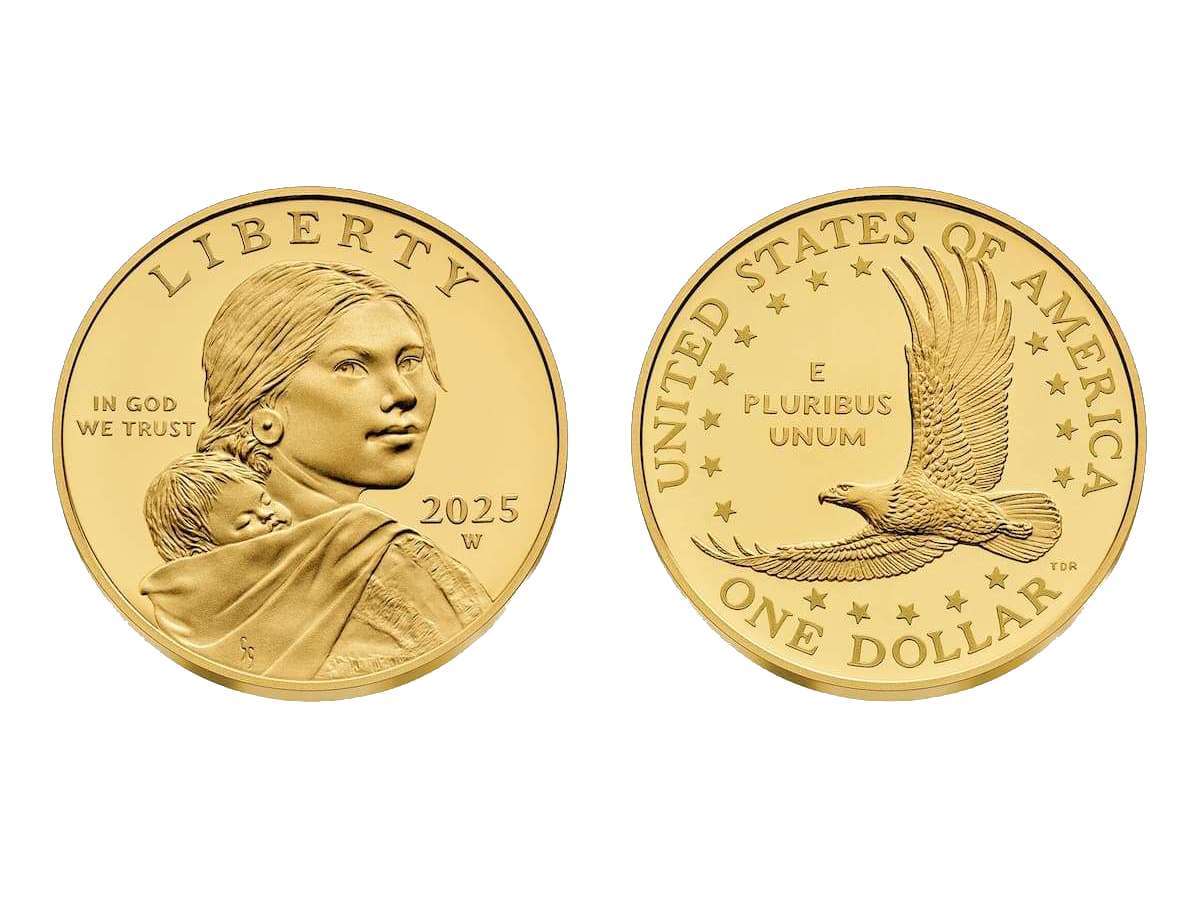 Ever hear of First Strike coins? They seem to be everywhere, and they certainly are attracting many coin collectors’ attention.
Ever hear of First Strike coins? They seem to be everywhere, and they certainly are attracting many coin collectors’ attention.
But what is a First Strike coin, why are they so popular, and are they really worth the money that they cost to buy?
First off, let me tell you this: First Strike coins are by no means rare.
While a coin labeled as a First Strike may seem like the kind of stuff rare U.S. coins are made of, they’re not.
Not at all.
The fact is, First Strike coins are so heavily advertised and sold (often through glossy magazine advertisements or on those television infomercials) that First Strike coins are often sold and collected by the thousands or greater.
With that kind of information, you may be wondering if First Strike coins are really less special and more of a marketing ploy.
What is the significance of a First Strike coin? You may think that a coin with First Strike designation may be the first – or at least one of the first – coins struck, either for that year, of that design, or perhaps from a specific die (the device that actually puts the stamped design on the coin).
You may be surprised to learn, however, that the vast majority of First Strike coins were probably struck days, weeks, and sometimes even months after the coin was first put into production.
So why would 3rd party graders like the Professional Coin Grading Service (PCGS) and – until recently – the Numismatic Guaranty Company (NGC) put some coins in First Strike coin slabs?
It seems profit for companies which sell First Strike coins may have something to do with it. After all, some coin collectors – particularly newbies – and uninformed consumers are buying these coins thinking they’re special because of the First Strike designation. These coins have, on average, sold for more than non-First Strike coins even though they’re really worth no more than any other similar coin of similar grade and condition.
So who wins when someone buys a First Strike coin? Likely the company or person that sells these coins often turns a profit in the process. The coin collector winds up with a coin in a coin slab with a fancy label. The coin collector may also make a little extra bit of money if they sell the coin to somebody else. But still, that First Strike coin is held with no more esteem by the general numismatic community than any other coin of a similar design, date, and grade.
Requirements For First Strike Coin Designation
What did the coin grading companies use as requirements when deciding what coins to label as First Strike coins? As it turns out, the primary definition of a First Strike coin is that it must have been shipped within one month of its official release date.
What does that mean?
If X coin is being officially released October 20, 2010, then whatever coins are shipped for sale within a month after that release date can potentially be designated as a First Strike coin. However, coins are often struck well in advance of their official release date. So the coin you have labeled as First Strike might have been made long after the first coins of that date, design, or type were actually produced.
By the way, the U.S. Mint doesn’t actually keep tabs on when certain coins were made. Therefore (and again), the First Strike designation is based on the coins found in shipments made within a month of the official release date.
Why You Might Buy A First Strike Coin Anyway
Because the numismatic community doesn’t really place any special premium in these so-called First Strike coins, the only reasons you might still buy a First Strike coin in a First Strike slab is because you like that particular coin’s:
- Surface quality
- Grade
- Overall appearance
- Some other intrinsic quality relating to the coin itself
Otherwise, a First Strike coin doesn’t represent any special value, especially given that you really can’t be sure a First Strike coin was actually one of the first of its type made — or even struck early during the minting time frame to begin with.




